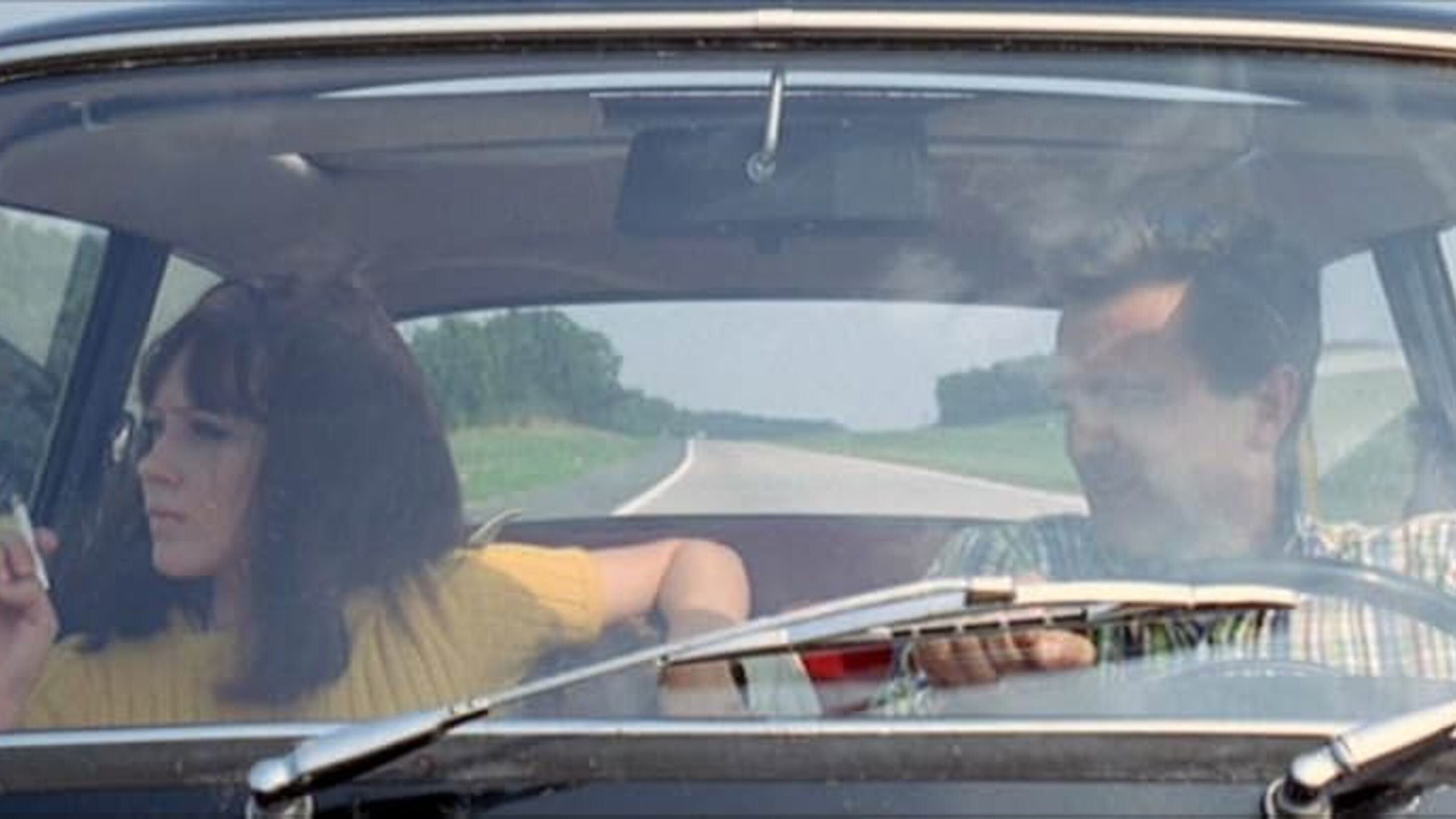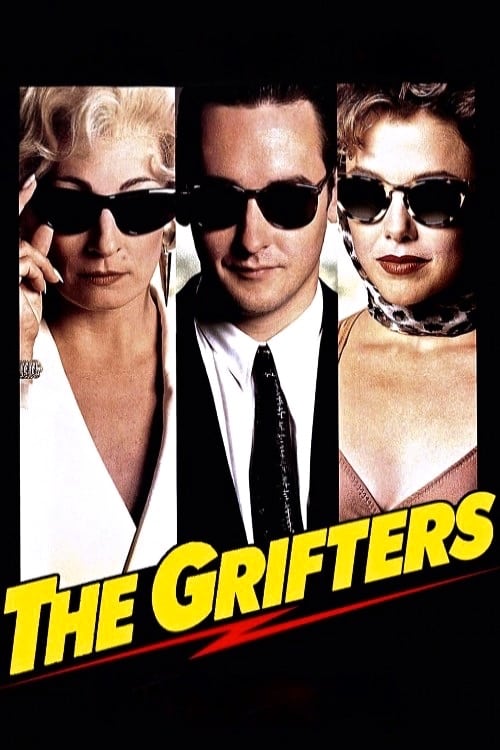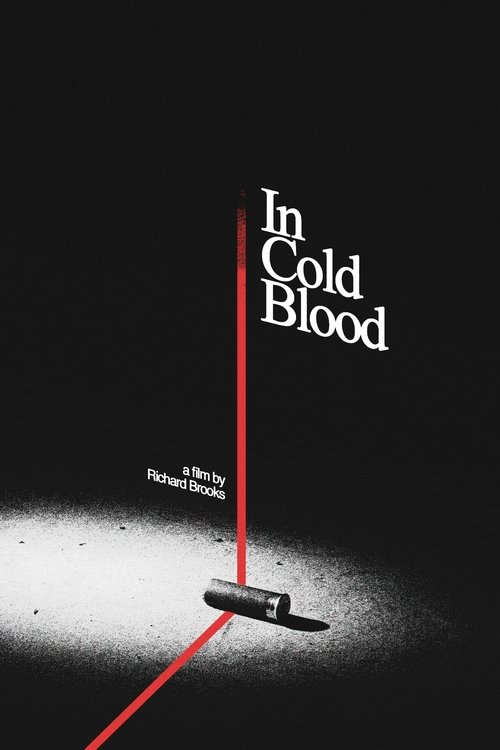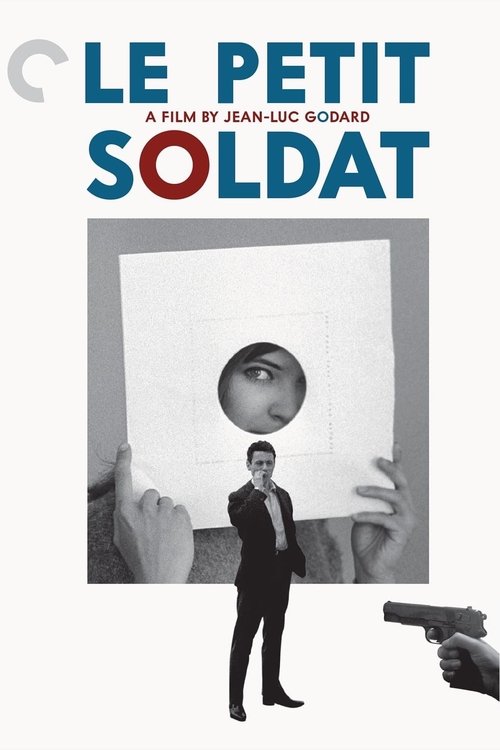
1967
Made in U.S.A
Crime, Mystery, Comedy
7.0
User Score
101 Votes
Status
Released
Language
fr
Budget
$50.000
Production
S.E.P.I.C., Rome-Paris Films, Anouchka Films
Overview
Paula Nelson goes to Atlantic City to meet her lover, Richard Politzer, but finds him dead and decides to investigate his death. In her hotel room, she meets Typhus, whom she ends up knocking out. His corpse is later found in the apartment of David Goodis, a writer. Paula is arrested and interrogated. From then on, she encounters many gangsters.
Review
CRCulver
6.0
In 1966 Jean-Luc Godard was approached by producer Georges de Beauregard, who said that he had some money he needed to spend and asked if Godard could make a film on very short notice. Godard said sure, and proposed adapting a pulp crime novel (Donald E. Westlake's "The Jugger"). But when Godard made the film, which would get the title <i>Made in U.S.A.</i>, he did everything possible to break out of a straightforward adaptation, using the novel as a mere skeleton over which he could explore other themes that interested him.
Paula (Anna Karina), a journalist, goes to a small town where her estranged boyfriend Richard has died in mysterious circumstances, surely murder. Determined to get to the bottom of things, she takes on the air of a hardboiled detective, wielding a pistol and wearing a Bogartian trenchcoat. She meets the doctor who did the autopsy and has a run-in with the police, but mainly we see her tangled up with two gangsters, played by László Szabó and Jean-Pierre Léaud.
Godard maintains just enough conventional dialogue and action to let the viewer know where we are in the crime novel's plot, but most of what transpires before the camera must be understood as only abstract metaphors for what would have happened in the book. The interaction between his characters mainly has other purposes. They have absurdist conversations with a great deal of wordplay. They allude to French politics in a time when Godard was worried about the compromised values of the French Left and the spectres of fascism and consumer society. The Ben Barka affair, where a Moroccan dissident was murdered in France in 1965 with the apparent involvement of the French security services, looms very large over <i>Made in U.S.A.</i>, almost elbowing Westlake's original story out entirely. As if aware that he had stripped the plot down to such a degree that he now had too much time to be filled, he gives little asides like Marianne Faithfull singing "Tears Go By" a cappella in a cameo and Kyôko Kosaka strumming a guitar and singing in Japanese.
This is not one of Godard's best films. For one, Godard reused many of the elements of his masterpiece <i>Pierrot le Fou</i> from the year before. <i>Pierrot le Fou</i> was itself assembled as a sort of a collage of shots from Godard's prior films, which worked well as a wonderful summing up of his early career. But when he does the same with MADE IN U.S.A., it is to greatly diminished effect. But even if this is weak by Godard standards, it is nonetheless a moving experience. Shot in colour and in Cinemascope, this is a feast for the eyes. The very best of what the 1960s had to offer in terms of fashion and product design is on hand here and it just jumps off the screen. The image feels electric. (It is a pity that Criterion's edition is only on DVD, as a Blu-Ray would have yielded even greater pleasures.) Godard's longtime cameraman Raoul Coutard gives us some elaborate long takes that impress. And of course it's Godard's last major celebration of Anna Karina's beauty and poise, which really was something for the ages, still stunning half a century later.
Read More 



